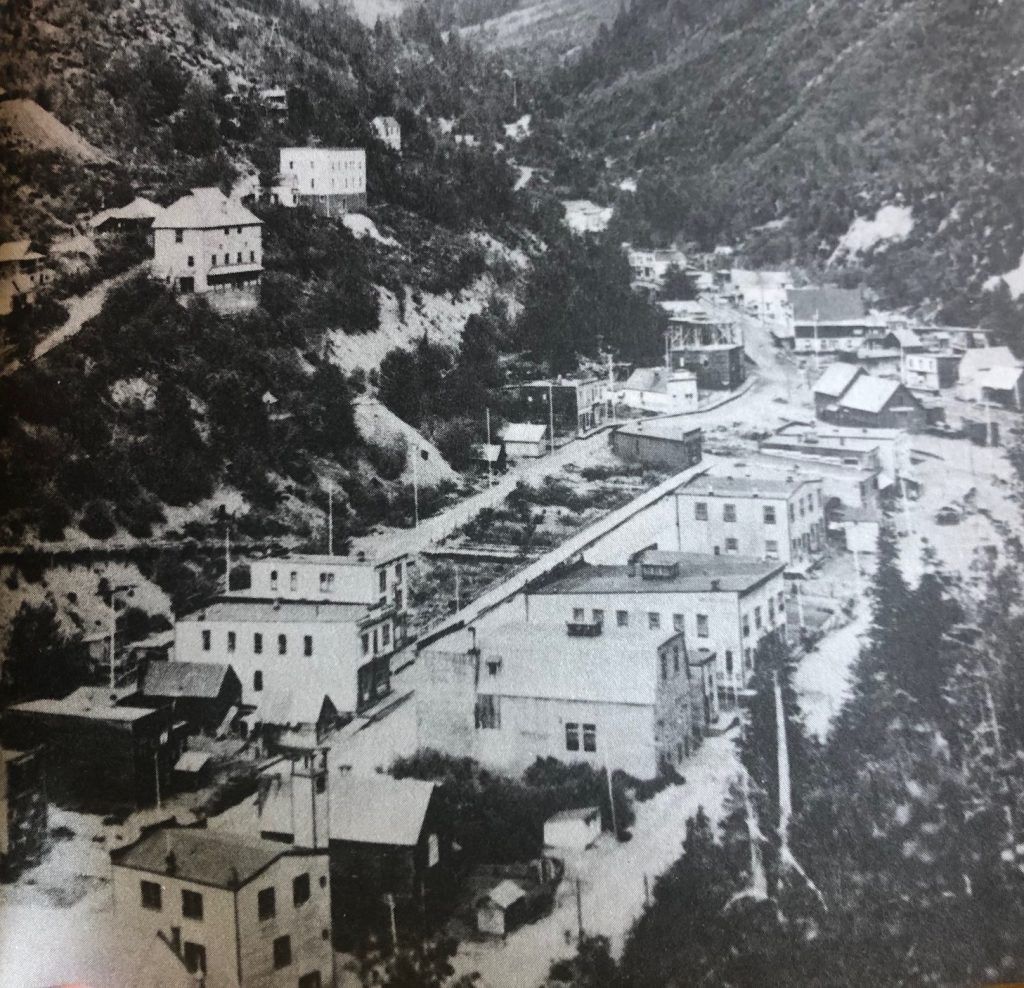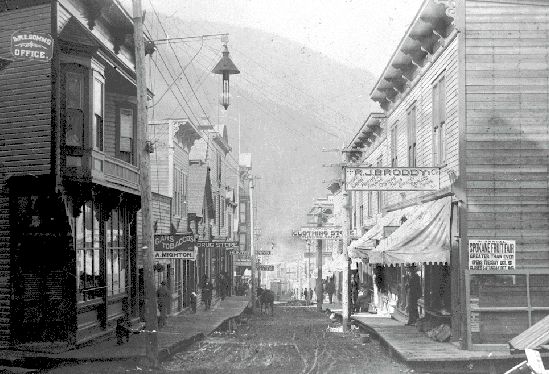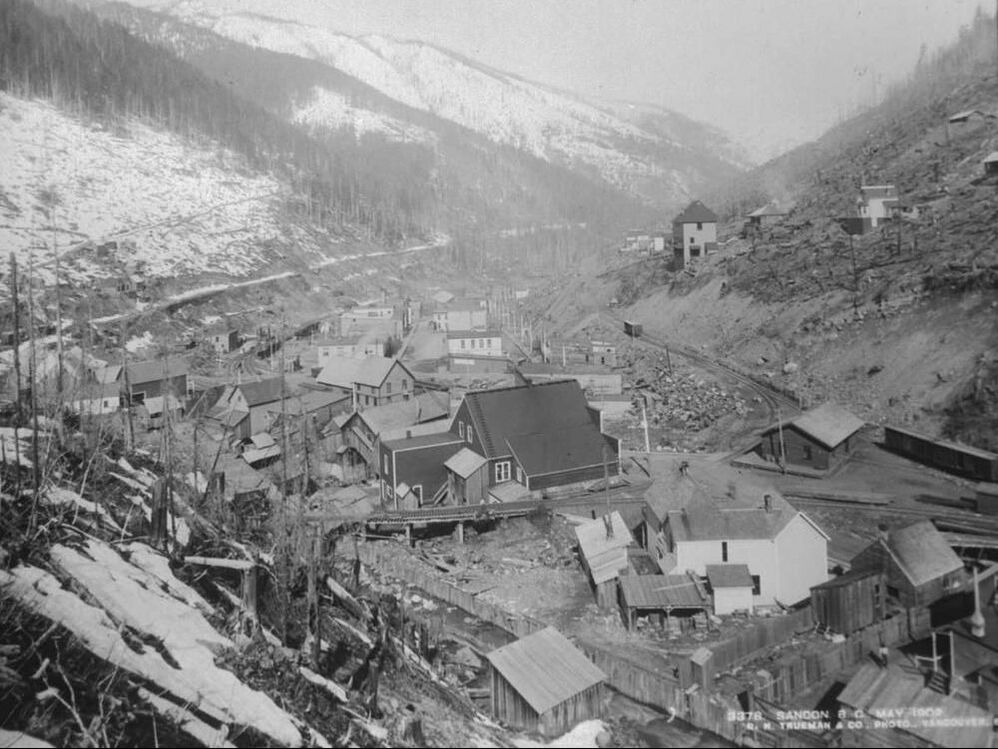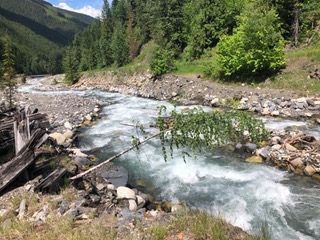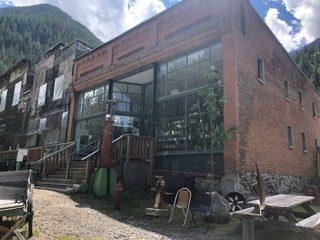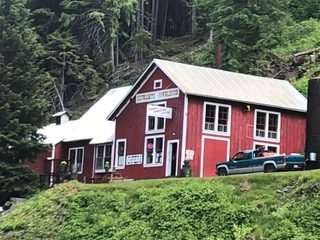This is the first of a series called ‘Vacationing with Death: What I did this Summer’.
Well, it’s a bleak January morning so I thought I’d look for some brightness in the wake of the Lunar New Year. During a bout of nostalgia in the darker part of the annual cycle I decided I would share what I did over my summer break. That’s right! I’m going to share my holiday pics with you all…well the ones that have to do with Death, cemeteries, ghost towns, natural disasters, and finding positive moments that interrupt Death (Death with Interruptions by Nobel Prize winner Saramago was one of my summer reads – highly recommend it).
Up first – pictures and a myth about one of Alberta’s worst ever NATURAL DISASTERS: FRANK SLIDE



Views of Turtle Mountain and slide debris from Frank Slide Interpretive Centre walk – yes, those are people in the distance in the first image.
THE MYTH ABOUT “FRANKIE SLIDE”
A persistent story that lingers long after the devastating and tragic natural disaster known as the Frank Slide of 1903 is that a baby girl survived the collapse of the East face of Turtle Mountain near the town of Frank, in the Crowsnest Pass. It took only 100 seconds to bury the valley floor in 14 metres of rock, disperse 44 million cubic metres of limestone, killing at least 90 of the 600 residents. The rocks buried homes, mines, railway lines, and the Crowsnest Pass River. The rocks slid at 120 km/hr and the booming thunder of noise was heard as far north as Cochrane, 200km away.
But back to the myth of ‘Frankie Slide’, the baby girl supposedly found sitting on a rock in the wake of the slide. This is not true. There never was a ‘Frankie Slide’, there were, however, three known young survivors. These young girls were three of 23 survivors of the slide who lived on Manitoba Avenue on the southeastern edge of town. Fernie Watkins, 3 years old, was found outside of her family home; Marion Leitch, only 27 months old, was supposedly found on a pile of hay near her home, presumably thrown there by the force of the catastrophe. And finally, Gladys Ennis, the youngest at 15 months, was saved by her parents after choking on mud. It’s possible that the eponymous young survivor may very well be an amalgamation of these three survivors, but none were named Frankie Slide.

View from roadside historical stop. Railway tracks are still used on the other side of the rock verge. The car is a Prius to give some sense of scale
To put this catastrophe into perspective let’s start with statistics about the rock slide itself (source: ww.frankslide.ca/learn):
- 1 km wide
- 425 metres high
- 150 metres thick
- 3 square kilometres of the valley floor was buried under 14 metres of limestone and some as deep as 45 metres deep.
To picture this geological terror, using the debris, a wall could be built from Victoria BC to Halifax NS that was 1 metre wide, by 6 metres high, approximately 4,480 km in a straight line. (Sidenote: I actually went to school in England with a ‘dry stone mason’ who could probably build that wall.)

Image credit: https://www.merchantandmakers.com/history-of-dry-stone-walls/
Twenty survivors were pulled from the wreckage in the immediate aftermath. Of the 90 missing or dead residents only 12 bodies were originally recovered because the rock coverage was too thick and most rocks too large to move. In 1922 road construction uncovered the cottage of the Clark family, and six bodies of members of the family were recovered.

Even in such desolation and destruction, life finds a way to continue and grow. View of Slide debris from Frank Slide Interpretive Centre walk.
Another slide is imminent. In fact, scientists continue to monitor Turtle Mountain’s movements – yep, it’s true, it moves a few millimetres each year towards the northeast. They have calculated that new slides are likely to occur near a series of large cracks found in the South and Third Peaks zones. When a slide does occur, it would likely be about 1/6 the size of the original slide of April, 14, 1903.
You can learn more by visiting the Frank Slide Interpretive Centre in person at Crowsnest Pass, Alberta or online at www.frankslide.ca
PHOTO CREDITS: All photographs by author unless otherwise noted.
HASHTAGS
#deathpositive #deathpositivity #hepburnskeleton #whatIdidthissummer #artanddeath #Frankslide #crowsnestpass #naturaldisasters #albertanaturaldisasters #rockslides #summervacation #deathandart #darktourism


